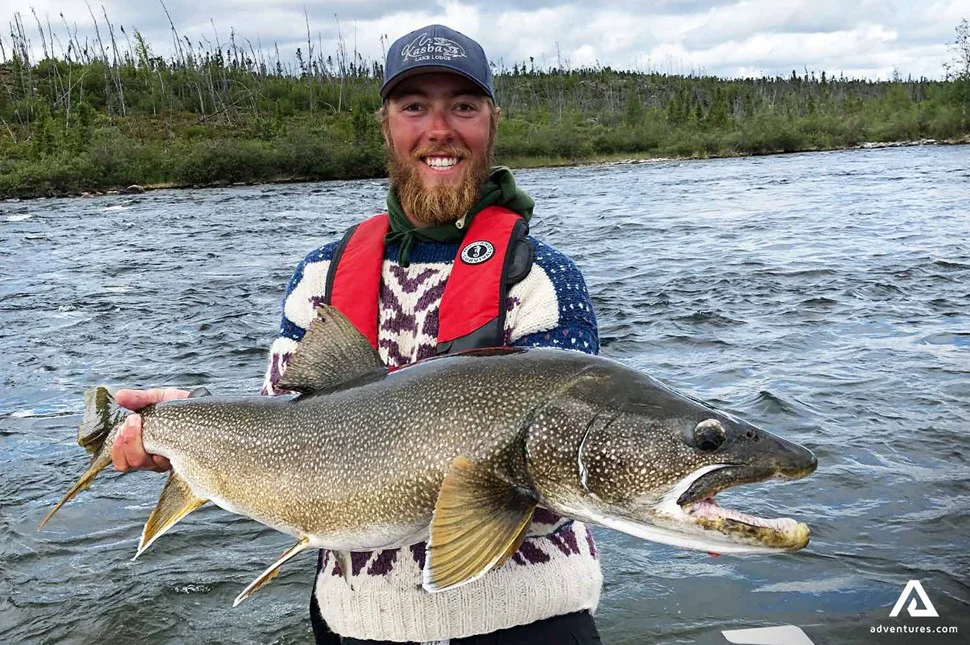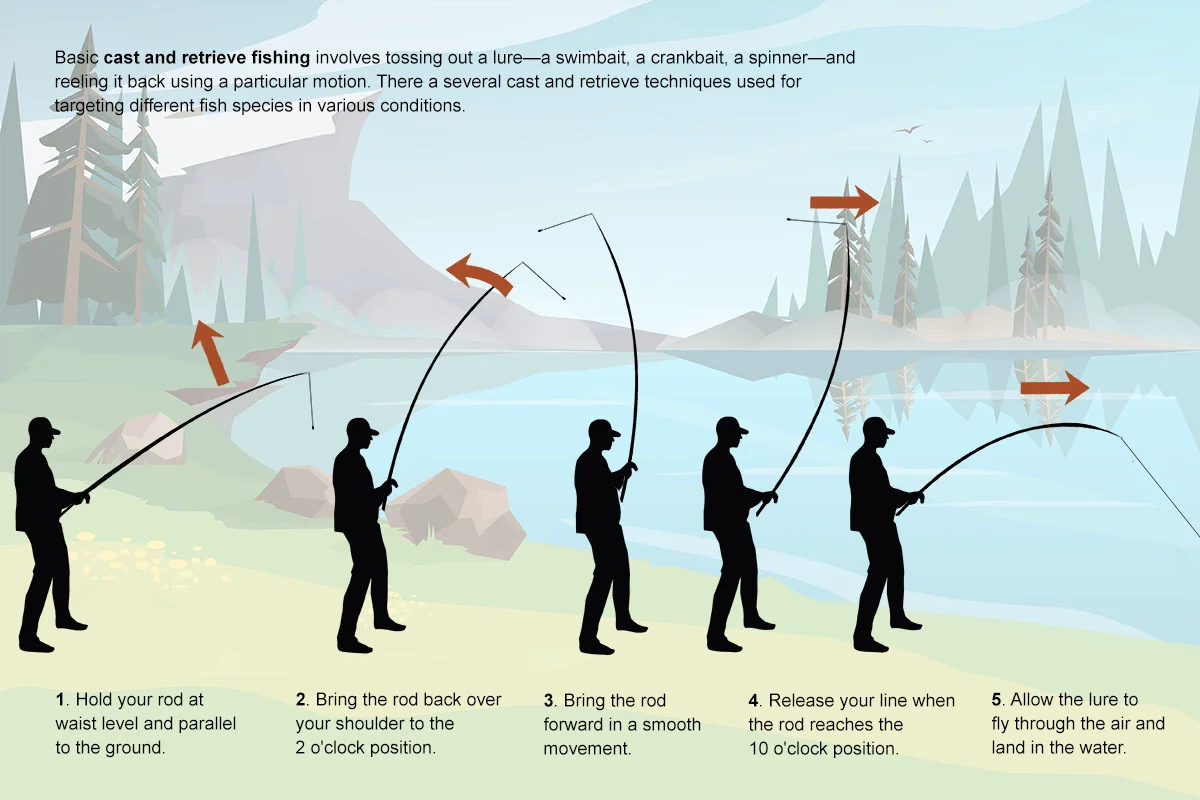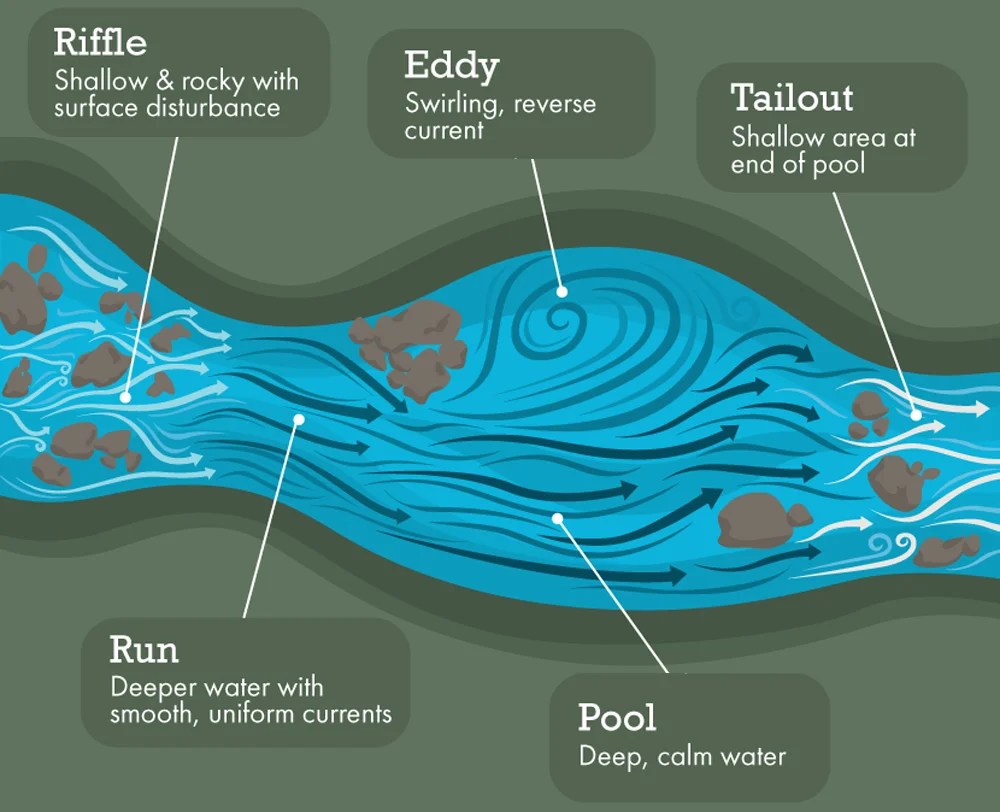
The Canadian Trout Hunter’s Secret: Mastering Buzzbaits in Wild Waters
Canada’s trout fisheries demand lures that cut through challenges – from glacier-fed currents to weedy backcountry lakes. Enter the buzzbait: your surface weapon for explosive strikes. Here’s why it dominates from BC rivers to Labrador ponds:
Why Buzzbaits Trigger Canadian Trout Fury
Buzzbaits exploit three key Canadian trout behaviors:
Surface-Feeding Instincts – 80% of summer strikes occur topwater
Vibration Detection – Crucial in stained runoff from mountain thaw
Reaction Strikes – Aggressive response to commotion in cold water
Proven Effectiveness:
“In BC’s Elk River, buzzbaits out-fished spinners 3:1 during stonefly hatches. That bzzzz calls them up from deep slots.”
– Guide Sarah Jensen, Fernie BC
The Canadian Buzzbait Selection Matrix
| Factor | Clear Mountain Streams | Stained Shield Lakes | Weedy Prairie Ponds |
|---|---|---|---|
| Size | 1/8 oz (brookies) | 1/4 oz (bows) | 3/8 oz (lakers) |
| Blade Type | Small Colorado (high pitch) | Indiana (medium hum) | Double Willow (max vibration) |
| Color | Silver/black (natural) | Firetiger (visibility) | White/chartreuse (weeds) |
| Trailer | Rubber legs (insect) | Minnow fluke (baitfish) | Curly grub (attractor) |
Critical Gear Note:
Rods: 7′ medium-light fast action (sensitive tip for walking)
Line: 10-15lb braid → 8lb fluorocarbon leader (abrasion resistance)
Reels: 2500-size with instant anti-reverse (snap hooksets)
The 4-Step Canadian Retrieval System

The Perimeter Scan
Cast parallel to shorelines/weed edges
Steady retrieve keeping lure 2-3ft from structure
Current Seam Attack
Position upstream of foam lines
Buzz across current at 45° angle
Tip: Speed up when crossing main flow
The Suspense Builder
Near promising structure:
POP-POP-PAUSE (3-5 seconds)70% of strikes happen during pause!
The Panic Trigger
When follows don’t commit:
Erratic “run-pause-jerk” sequence
<picture: river_current_diagram.jpg>
Caption: Prime buzzbait lanes in moving water
Seasonal Mastery: Canada’s Buzzbait Calendar
| Season | Tactics | Prime Waters |
|---|---|---|
| Spring Melt | Slow retrieves near inflows | Stained river mouths |
| Summer Peak | Aggressive walking the dog | Weedy shorelines |
| Fall Feed | Mid-day burns (pre-spawn aggression) | Lake drop-offs |
| Ice-Out | Micro buzzbaits (1/16oz) | Shallow back bays |

Real Canadian Success Snapshots
<picture: ontario_rainbow_surface_strike.jpg>
Caption: 24″ Niagara rainbow taken on white buzzbait at first light
Alberta’s Bow River: “Chartreuse double-willow landed 17 rainbows >18″ in one evening hatch”
New Brunswick Salmon Camps: “Black buzzbaits outperformed streamers for sea-run brookies”
Yukon Wilderness Lakes: “1/4 oz copper blade took 12 lakers from weedy bays when spoons failed”
Avoid These 3 Classic Mistakes
Blade Blunders
Wrong: Using heavy blades in slow water → spooks fish
Fix: Match blade size to current speed (smaller = finesse)
Line Limitations
Wrong: Straight mono → poor sensitivity for walking action
Fix:* Braid-to-leader for control and stealth
Retrieve Rigidity
Wrong: Constant speed in changing conditions
Fix:* Vary cadence every 3 casts until pattern emerges
<picture: blade_type_comparison.jpg>
Caption: Choose your weapon wisely
Why Buzzbaits Own Canadian Waters
Weed Warriors – Rises over salad others snag in
Cold Water Champions – Vibration > visual in <50°F
Low-Light Legends – Sound travels farther at dawn/dusk
Territorial Triggers – Provokes reaction strikes in spawning zones
“When mayflies hatch on Ontario’s back lakes, a buzzbait’s gurgle imitates trapped emergers better than any dry fly.”
– Lurebolt Field Test Lead, Muskoka Region
Your Next Step: Canadian-Tuned Buzzbaits
Ready for surface explosions? Lurebolt’s True North Buzz Series features:
Freeze-proof bearings (-20°C tested)
Weed-deflecting wire forms
Custom blade patterns for Canadian basins
<picture: lurebolt_canadian_buzzbait_lineup.jpg>
Caption: Engineered for Canadian extremes
→ Explore Canada’s #1 Buzzbaits
Final Cast: While spoons dive and spinners flash, buzzbaits rule the surface – where Canadian trout reveal themselves in heart-stopping explosions. When the water stills at twilight and rings spread across glassy bays, make that cast count. The primal BOIL that follows isn’t just a strike – it’s wilderness speaking.
You may also find value in reading related guides to enhance your skills:
- Mastering Your Fishing Rod: 10 Essential Insights Every Angler Should Know
- 10 Essential Fishing Knots Every Angler Should Master
- Beginner’s Guide: How to Choose Your First Fishing Rod
- Fishing Rod Maintenance: How to Keep Your Gear in Top Shape for Longer Use
- Debunking Fishing Line Myths: What Every Angler Should Know
